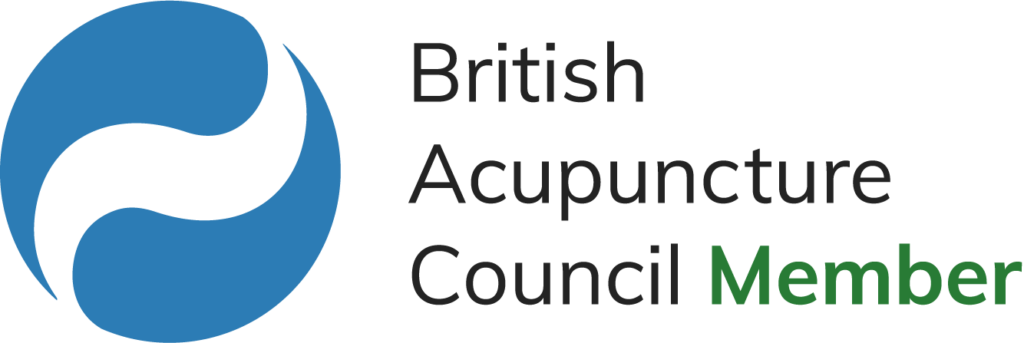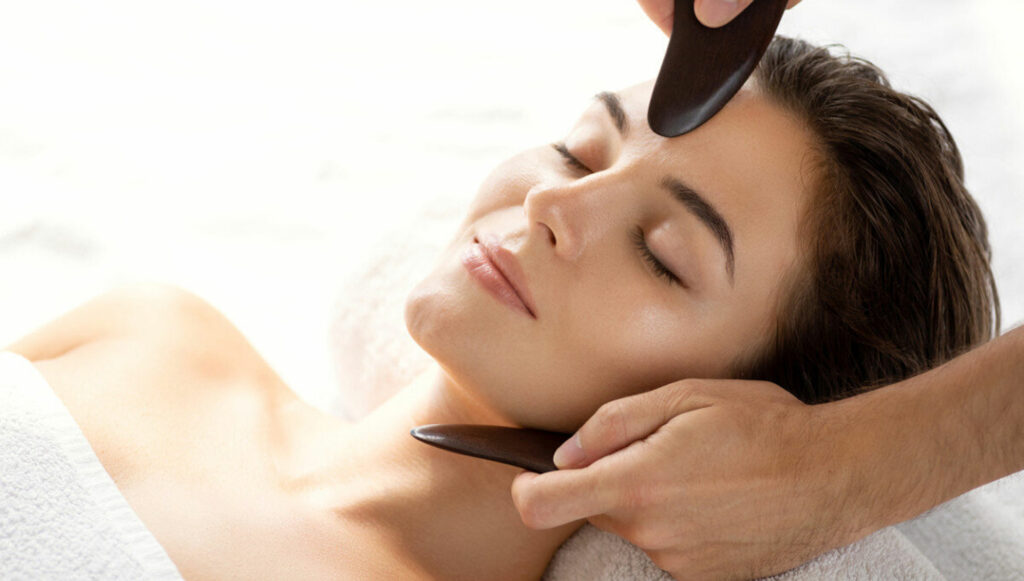Your initial visit will take up to an hour and a half and consists of a personal and medical consultation covering your family history, lifestyle, systems functions (eg. sleep, appetite) and full details of your current complaint/s including any test or investigations that you have had. You will also have the opportunity to discuss in complete confidence any concerns or troubles you may currently be dealing with.
After your consultation, I will carry out a number of short, non-invasive physical diagnostic tests which include taking your blood pressure, checking for temperature distribution and pulse taking. In most cases, aside from the most complex, this is then followed by your first treatment. Subsequent appointments take 45 minutes to one hour. These consist of a progress review and chat before








